The story of the golden calf is preserved in Exodus 32. Moses had gone up into the mountains to see a man about the law. He tarried. The people grew restless. Eventually they turned to Aaron, Moses’s elder brother, and said, “How about it?” Aaron could see trouble brewing as well as the next chap. “There’s lots of gold in them there earrings,” he said, looking around at the multitude. “Give me the gold and I’ll make you something to worship.” Hence the golden calf, which the people rallied round, much to the irritation of Moses and the higher authorities when they caught wind of it.
Fréderic will convince you that ‘low-intervention’ needn’t mean funky or lacking delicacy
Why the newly resurrected Le Veau d’Or on East 60th Street in Manhattan is named after a classic enactment of idolatry is a tidbit lost in the mists of time. Of course, the fact that this trendy French bistro shares a name with that Biblical prop does not mean that it was named after the golden icon. Perhaps the original owner, who opened his doors way back in 1937 – long before such storied French refectories as Lutèce, La Caravelle, and La Côte Basque made their entrance – just liked the mellifluous name. Back then, French fare of any kind was exotic in New York and the restaurant attracted a raft of sophisticates, from Grace Kelly to Orson Welles, who clearly never met an escargot he didn’t savor.
I first went to Le Veau d’Or in the 1980s. I think that my introduction came courtesy of my college Greek tutor, himself an accomplished chef who had practically memorized Julia Child’s Mastering the Art of French Cooking. I believe Le Veau d’Or was the first place I got outside céleri rémoulade, a dish I initially regarded with suspicion but have since come to love.
Over the years, Le Veau d’Or had its ups and downs (more downs than ups as it wound down in the 2010s). It finally closed its doors in 2019. Last year, Lee Hanson and Riad Nasr – veterans of Frenchette, Le Rock and other swank spots – reopened Le Veau d’Or. The chef-owners made the most of the small but attractive interior and opened a time capsule marked “French food, only the classics.”
Pâté en croûte? Check. Salade de betteraves? Of course. Les escargots à la provençale? How can you ask? Ditto the tripes à la mode de Caen, frogs’ legs en persillade, magret de canard aux cerises and les délices “Veau d’Or” sauce moutarde.
It is all very, very French but somehow also very, very New York, the country charm overlaid with an undercurrent of new-world dynamism.
Luncheon and dinner both are prix fixe – three courses at $85 for déjeuner, $125 for dîner. These days, that counts as reasonable – if not quite budget-friendly. The strange alchemy that makes one restaurant a trendy hit while others, superficially similar, languish in penurious obscurity, has worked its magic at Le Veau d’Or. The restaurant is hot and you can expect to draw upon your fund of patience to secure a reservation.
The wait is worth it. The food is excellent and the wine list (I know, it took me a while, but here goes) is small but both distinctive and pleasing. There are some standard offerings – several excellent champagnes from Ulysse Collin, a crisp Montserre Chablis Athénaïs de Béru, a premier cru Saint-Aubin from Domaine Derain, and a Puligny-Montrachet by Vin Noé. You will also find several Savoie alpine wines – bright, fresh, acidic. The list boasts a couple of good Beaujolais, including crus from Fleurie, Juliénas and Brouilly and Régnié from Georges Descombes.
The phrase to listen for when contemplating the wine list at Veau d’Or is “low intervention.” There are plenty of traditionally produced wines on the list, but there is a distinct bias toward the “biodynamic,” organic, live-and-let-live farmers-first school of winemaking. When I lunched there with a few friends, Fredéric, the friendly and impressively knowledgeable waiter cum wine steward, steered us towards some excellent offerings including an “organic” Champagne from H. Rafflin, “La Nature’l” extra brut (a Pinot Noir, Chardonnay, and Pinot Meunier blend) and a 2020 Savoie Rouge from Camille et Mathieu Apffel, “Soleyane,” a bright, companionable blend of Pinot Noir and the little known alpine grape Mondeuse.
The first couple of times you go to Le Veau d’Or, I suggest you pass over the wines you already know and branch out among some you haven’t yet tasted. Fréderic – or one of his colleagues – will steer you in the right direction. They will convince you that “low-intervention” needn’t mean funky or lacking delicacy, just as Le Veau d’Or needn’t recall that golden calf.
This article was originally published in The Spectator’s August 2025 World edition.



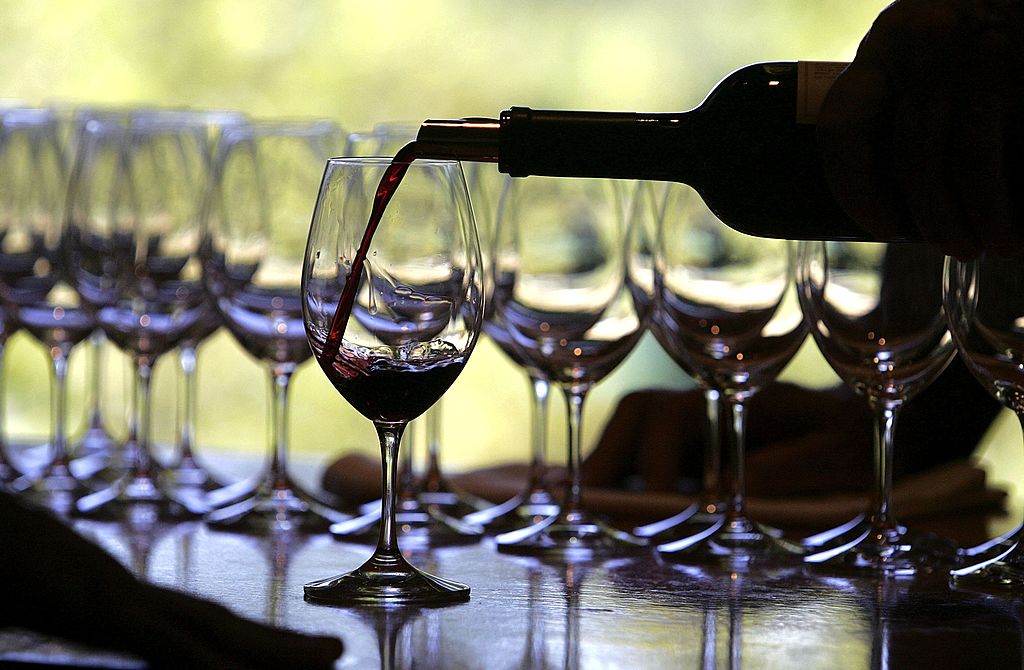








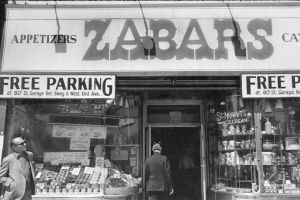
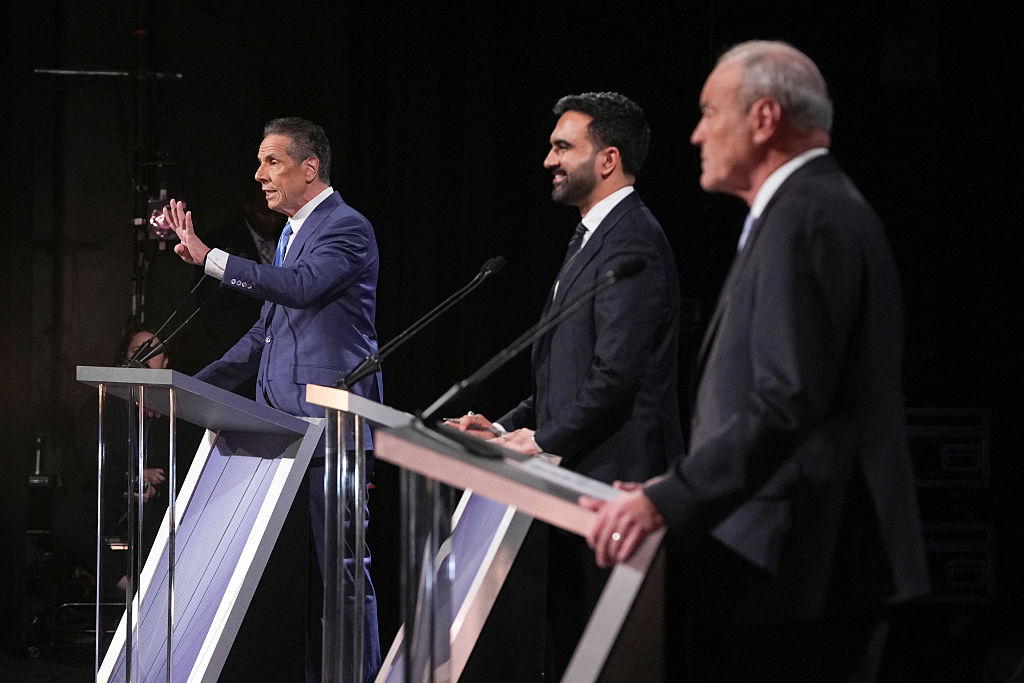
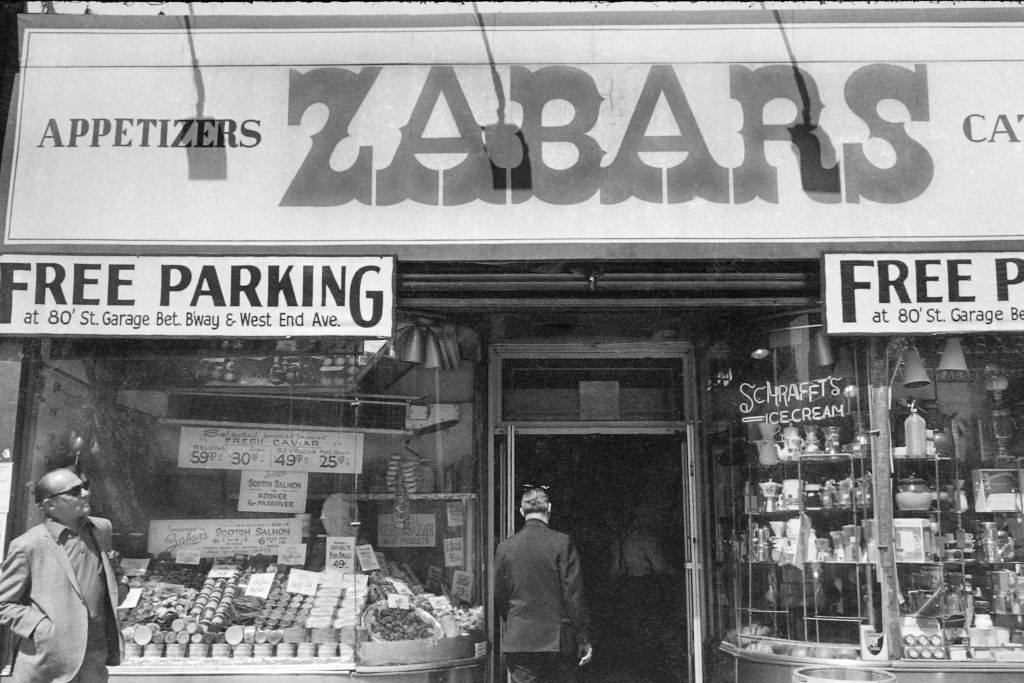
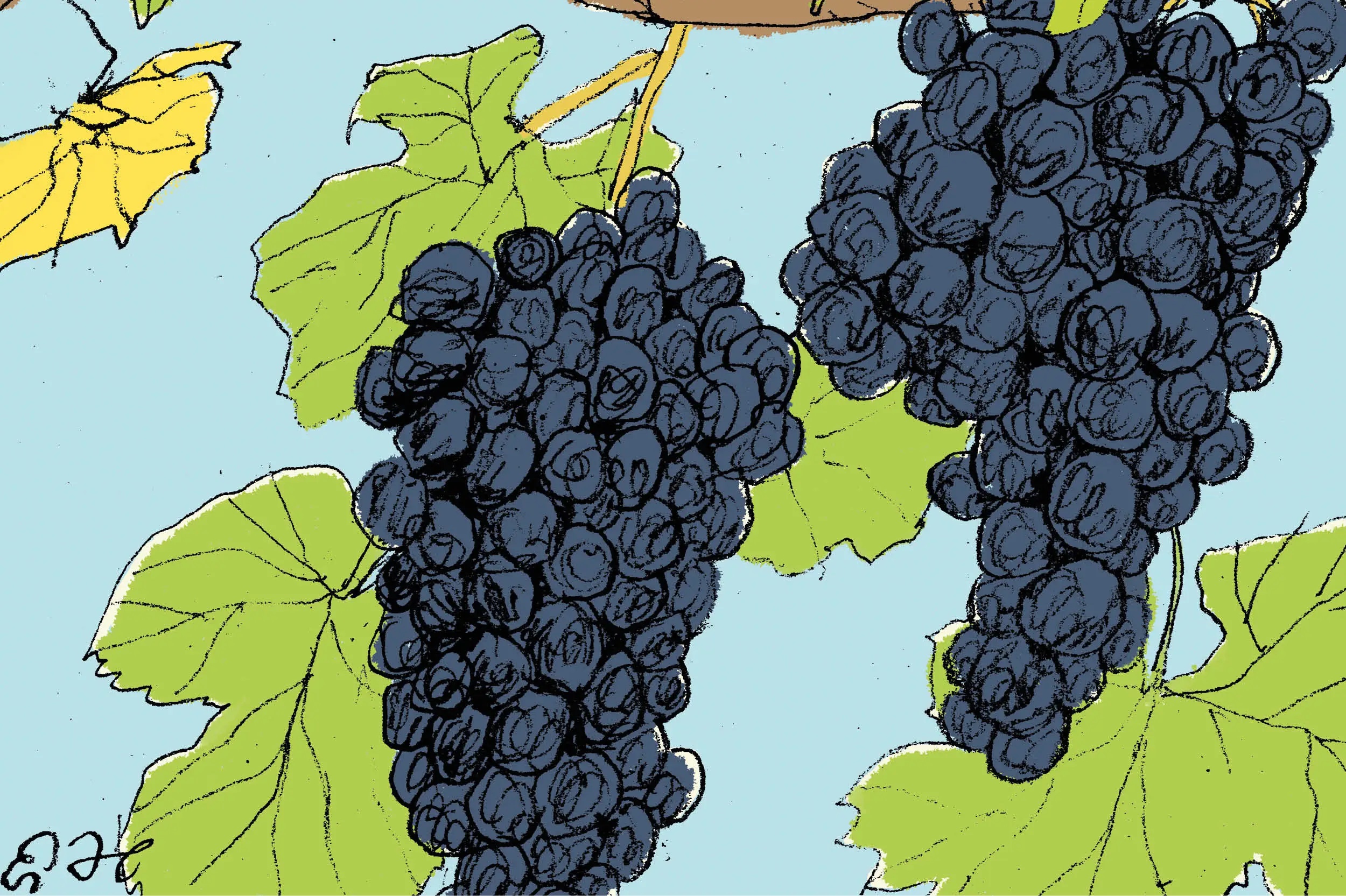
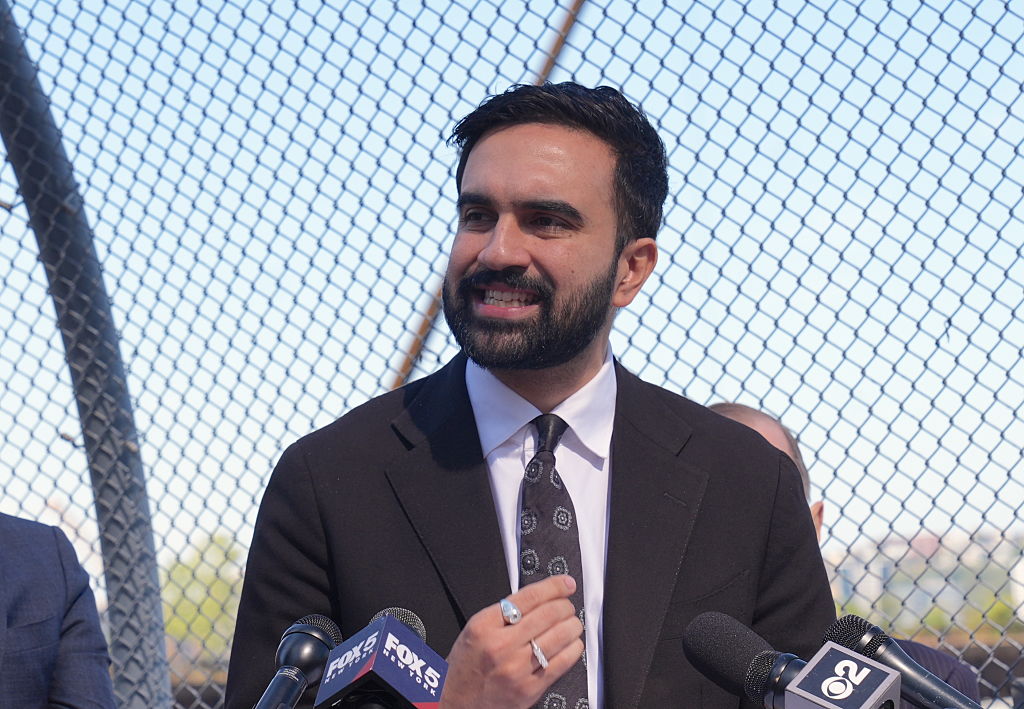
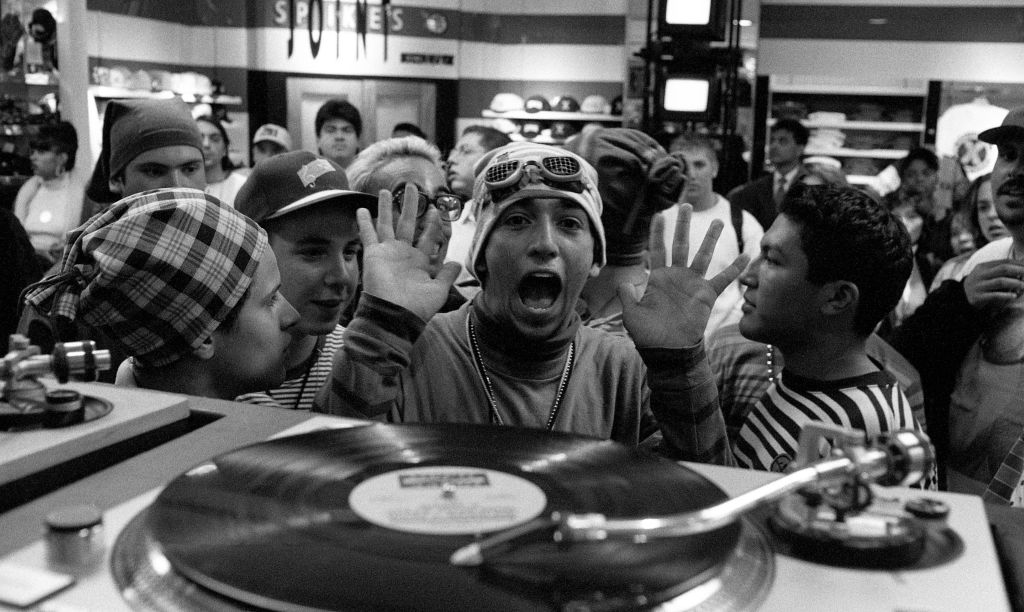


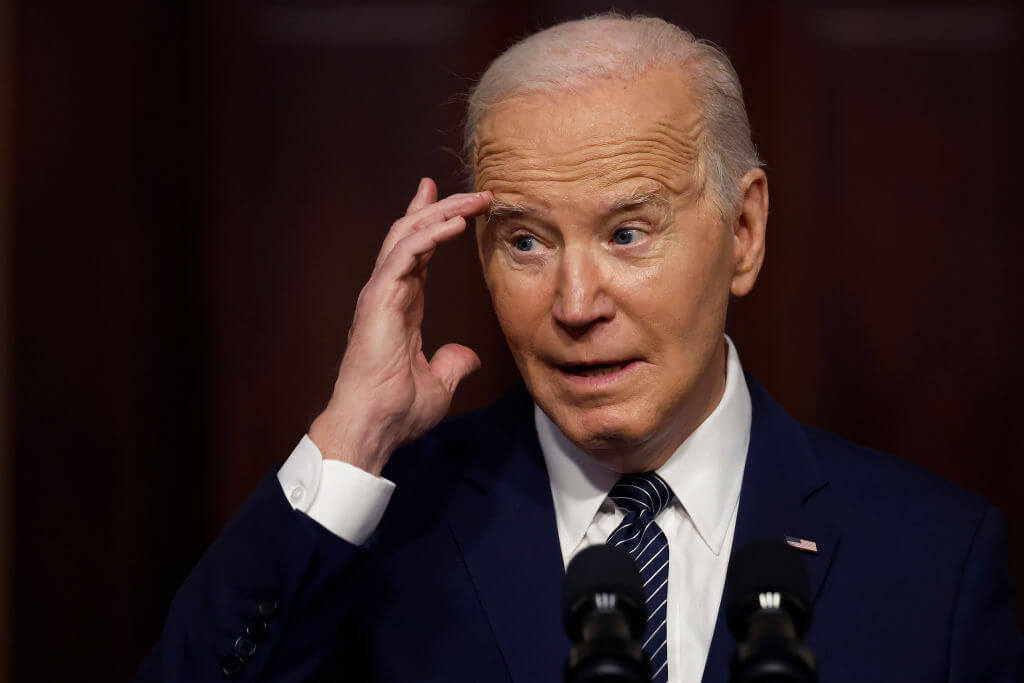


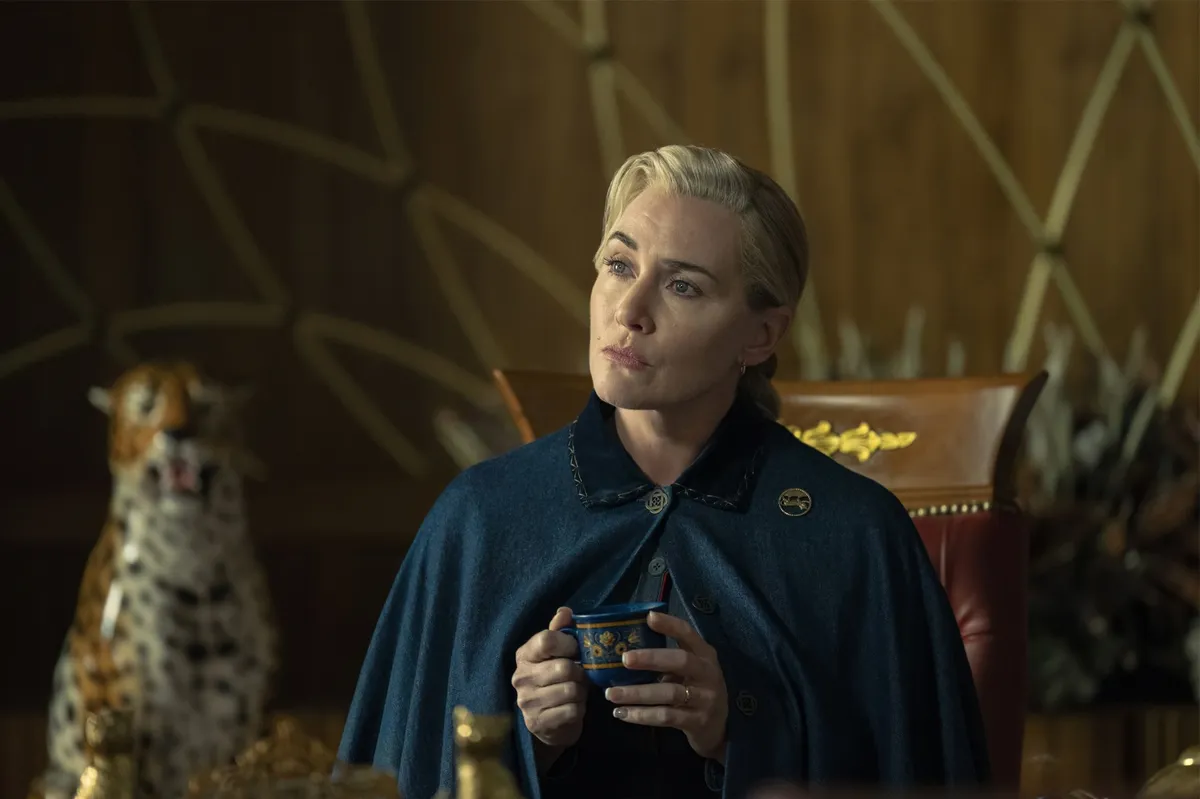
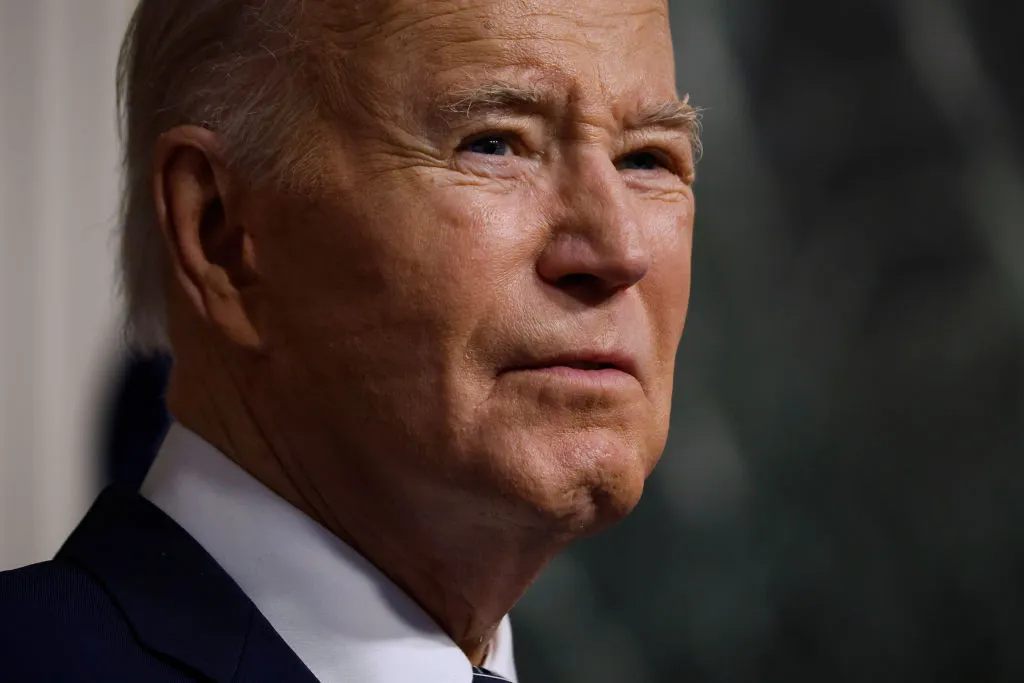

Leave a Reply